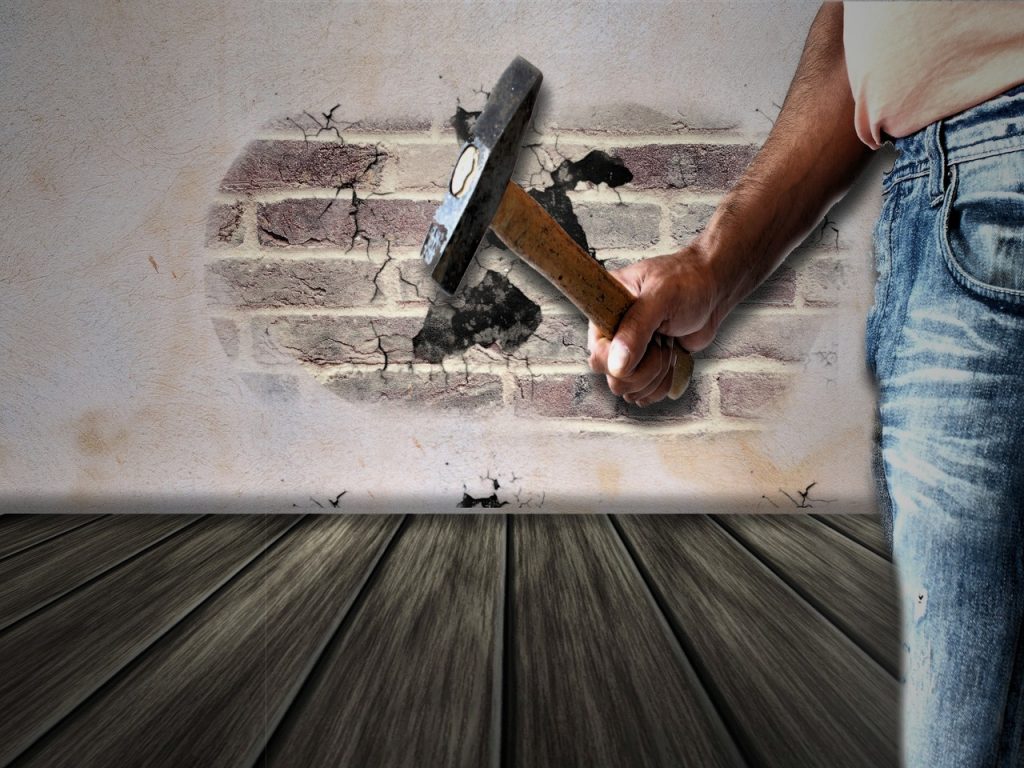Reality TV shows make home renovation projects look like a breeze, but you need proper planning and the right tools to successfully remodel your house without risking too much damage on your property and yourself. While the entire process of designing, demolition, and reconstruction may seem daunting to the average homeowner, it is possible to do simple restoration on your estate. All you need is the appropriate gear and equipment.

These are the essential tools that you should have in your toolbox to efficiently conduct renovation projects in your home:
1. Hammer
A hammer is a handy tool that should be present in every home. Its head has two sides: the flat one is for pounding nails into wood while the other side is used to extract them. You can also use a hammer to carefully connect the wedge lock pieces in a ringlock like this one from total contec.
There are different types of hammer such as the:
2. Oscillating Multi-Tool
An oscillating multi-tool has interchangeable parts that enable you to sand, grind, scrape, and polish any surface. It also acts as a cutting device that can go through any material whether plastic, concrete, aluminum, or hard tile. This nifty little gadget allows you to make home renovations that will increase the value of your home.
Here are some safety tips to remember when using this tool:
3. Screwdrivers
Screws may be tiny, but they’re everywhere. They are found in the majority your appliances and are used to connect some parts of your home. It’s necessary that you have screwdrivers in your toolbox so that you can quickly perform modifications in your rooms without the need to call a professional technician.
The two major types of screwdrivers are:
4. Voltage Tester
A voltage tester is a device that identifies if there is electricity in a particular tool or equipment such as batteries or wires. Typically, you just need the two-pronged type that senses the flow of electrical current and alerts you using light or sound when there’s electricity. This tool is crucial when you are planning to replace electrical outlets, wall switches, or light fixtures.
Conclusion
You don’t have to be an expert to make simple renovations or repairs around the house and in your yard. However, remember always to practice caution when dealing with power tools and electricity since your safety should be your top priority. Remodeling improves the functionality of your home and allows you to create a space that’s truly your own. fffffff